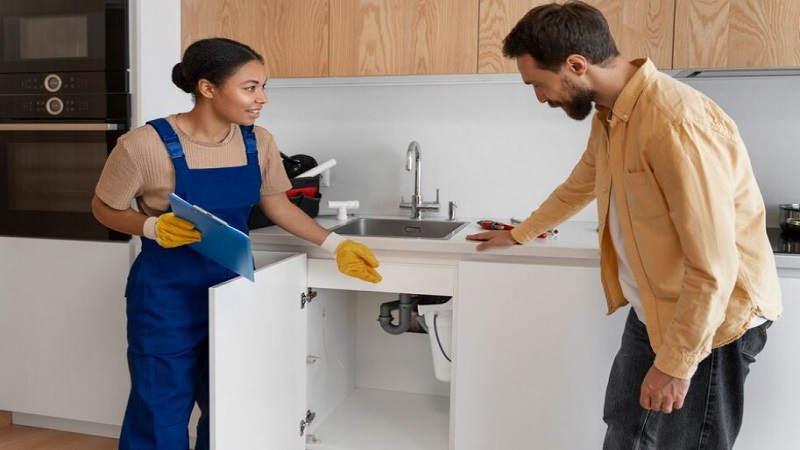Repairing a water pump at home might seem like a daunting task, but with the right tools and some guidance, it can be straightforward and rewarding. This article will walk you through the essentials of diagnosing and fixing common issues with residential water pumps. Whether your pump is used for well water, garden irrigation, or maintaining your swimming pool, understanding its mechanics can save you time and money.
Understanding Your Water Pump
Learning to Repair a Water Pump at home can be incredibly satisfying and economically beneficial. Before diving into repairs, it’s important to grasp how water pumps function. These devices are crucial for moving water from one location to another through suction and pressure dynamics. Problems can arise from several areas, such as the motor, the impeller, or the pump seals.
Common Water Pump Issues
Many water pump complications manifest in similar ways: a lack of water output, strange noises, or leaks. Identifying the exact issue is the first step towards a successful repair.
No Water Output
If your pump is not ejecting water, it could be due to a clogged intake or a faulty motor. Checking for blockages in the intake and ensuring that the motor receives power are excellent first steps.
Unusual Noises
Rattling or screeching noises often suggest that something inside the pump is not functioning correctly. Loose fittings or a deteriorating impeller can be common culprits.
Leakage
Water leaks around the pump generally indicate seal failure. Over time, seals can degrade and must be replaced to maintain the integrity of the pump.
Step-by-Step Repair Guide
Now that you’ve identified some common issues, let’s tackle them one by one.
Clearing Blockages
First, ensure the pump is turned off and disconnected from any power source. Remove the intake hose and inspect it for debris. Clear any blockage you find—a simple yet effective fix.
Motor Troubleshooting
If the motor fails to start, check the electrical connections and the fuse or breaker. A multimeter can help you determine if the motor is receiving power. If the motor is burnt out, replacing it may be your best option.
Fixing the Impeller
Access the impeller by removing the pump’s casing. If you find it worn or broken, replacing it is necessary. Make sure to align the new impeller correctly as you reassemble the pump.
Replacing Seals
To handle leaks, replace the old seals with new ones. This might require disassembling several parts of the pump, so take notes or photos as you go to ensure proper reassembly.
Maintenance Tips to Avoid Future Issues
Regular maintenance is key to prolonging the life of your water pump. Keep the intake and discharge hoses clear of debris, and periodically check the seals and gaskets. Additionally, running the pump only when needed will help prevent motor fatigue and save energy.
Real-Life Example: A DIY Success Story
Consider the case of Jamie, who noticed her garden pond pump was failing to circulate water. Initially overwhelmed, she followed a structured troubleshooting approach. After checking for blockages and finding none, she tested the pump motor with a multimeter and discovered it was operational. The real issue was a cracked impeller, which she replaced herself. The pump resumed functioning perfectly, saving her the cost of a professional repair.
This real-world example underscores the value of understanding your home appliances and the potential savings DIY repairs can offer. Not only did Jamie save money, but she also gained valuable hands-on experience with home maintenance.
Conclusion
By familiarizing yourself with your water pump’s operation and addressing issues as they arise, you maintain control over your home’s mechanical needs and avoid the pitfalls of unnecessary service fees. Whether you’re dealing with a minor leak or a major mechanical failure, the key is to approach the problem methodically and confidently. With the guidance provided in this article, you’re well on your way to becoming a proficient home water pump repair expert.
